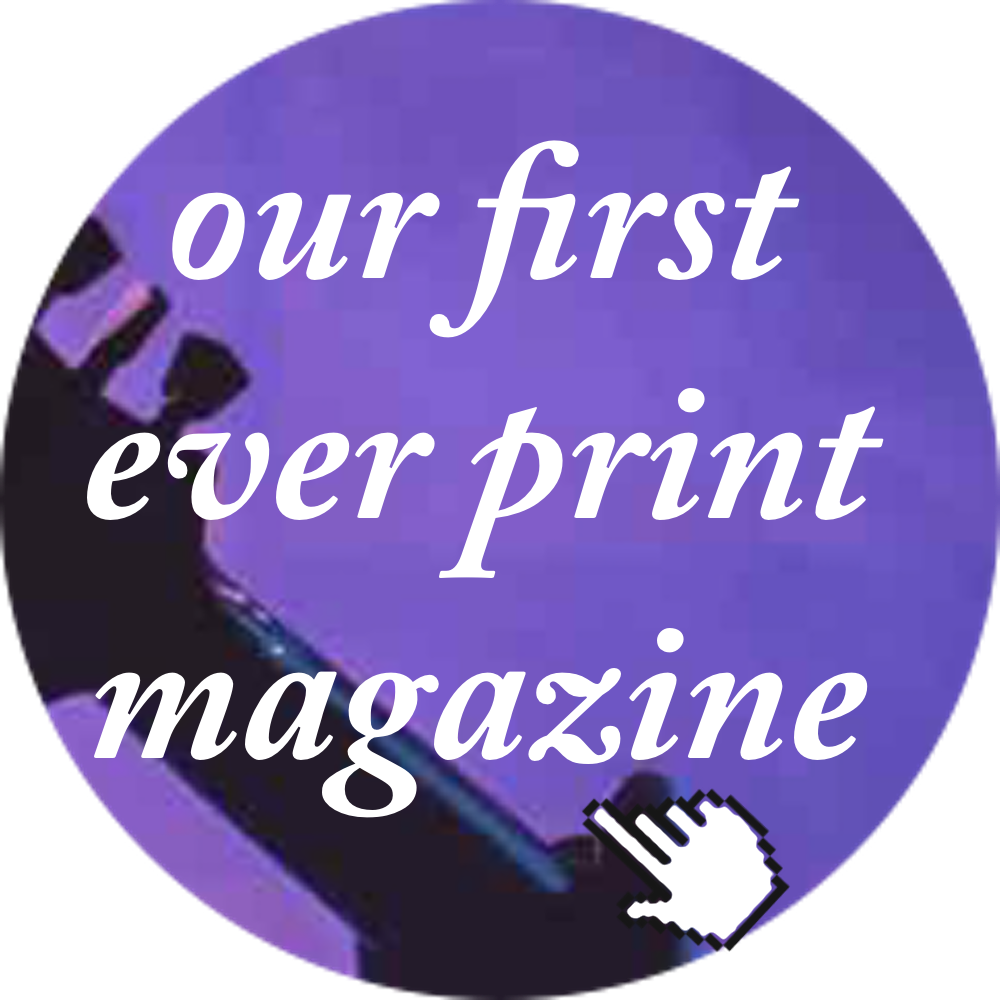Originally coined in the mid-eighties to describe a flurry of hardcore bands such as Rites of Spring who put concerted emotion into their art, emo music has come a long way since then. In the nineties, indie-rock outfits who expressed emotion in their songs were haphazardly given the label, while in the 2000's it has truly hit the mainstream via a fashion explosion and the likes of Paramore, Jimmy Eat World and Fall Out Boy cracking the charts. Here Gigwise presents a run down of the history of the term emo, the bands who are labelled it (whether they like it or not), the fashion it has inspired and the backlash it's now receiving...
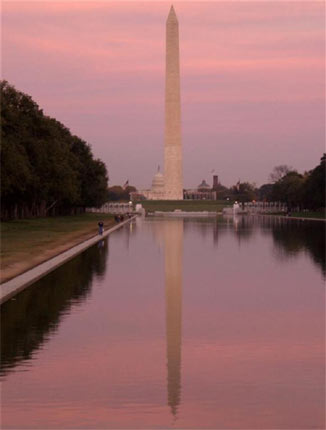
Washington DC – The capital of the United States is the birthplace of emotional hardcore. A string of highly influential hardcore bands, all of whom were closely related to each other, hailed from DC including Rites of Spring, Beefeater, Gray Matter, Embrace and One Last Wish. It was home to the so-called 'Revolution Summer' of 1985 when Rites of Spring and Embrace in particular broke to the fore with their highly innovative and influential music.

Rites of Spring - Formed way back in 1984, RoS are arguably the forefathers of emo. Although they were entrenched in the hardcore movement (their live shows testify to this), they despised the brutality associated with it, so instead their lyrics were deeply introverted, personal and poignant. Amazingly, they are thought to have only performed 15 times during their two year career; something which has only added to their legend.

Embrace - Following the sad demise of pioneering hardcore band Minor Threat, in the summer of 1985 frontman Ian MacKaye formed Embrace (not to be confused with the soppy English outfit) alongside three members of his brother Alec's band The Faith. Sadly they were extremely short lived, releasing only one album (pictured) before they split after nine months, yet the legacy of their emotional music remains. Like many contemporary acts, Embrace hated being called emo.

Dischord Records - Alongside Minor Threat drummer Jeff Nelson, Ian MacKaye (pictured) founded the label Dischord Records in 1980 as a portal for releases by fellow Washington DC hardcore bands. It was a label home to many bands closely in sync with founding emo including Embrace and RoS and went on to release records by the likes of Nation of Ulysses and MacKaye's very own iconic band Fugazi. The imprint is still going strong today.
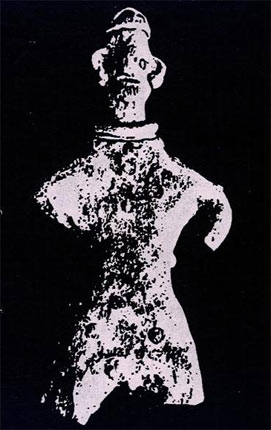
Moss Icon - The DC emo sound exhibited by the early pioneers unsurprisingly inspired a whole host of fresh bands in the city, including the melodic hardcore band Grey Matter, the politically driven Soulside, punk-pop outfit Shudder To Think and the aforementioned Nation of Ulysses. However, it was Moss Icon with their characteristic quiet/loud segues and reflective lyrics that carried the emotional hardcore sound into the nineties.

Fugazi – With the demise of their respective bands (Embrace and Rites of Spring), Ian MacKaye and Guy Picciotto formed Fugazi alongside drummer Brendan Canty and bassist Joe Lally in 1987. Admittedly their music is by no means emo – more post-hardcore with elements of funk imbued in – however, they did inspire emo bands in the mid-nineties to abandon conventional hardcore roots.

At the turn of the new decade, two disparate cities (New York and San Diego) were home to explosions of bands who could be characterised as emo. New York spawned Iconoclast, Rye Coalition, Quicksand and notably Native Nod (pictured). They released three EPs, nine songs which would later be collated on the album Today Puberty, Tomorrow The World, that are now considered a benchmark of emo music thanks to their passion, dynamic musicianship and driving melodies.

Screamo – In 1991 a more aggressive variant of the earlier Washington DC sounds emerged and was given the apt name screamo. Based in San Diego, the imprint Gravity Records released much of the key screamo and emo material by bands such as Heroin, Antioch Arrow (pictured), Mohinder, Indian Summer and Swing Kids. More contemporary bands like Far, The Blood Brothers and Grade reignited the screamo torch.

Jawbreaker – Although Jawbreaker weren't strictly emo, they were directly influenced by the DC scene and crucially helped shape the sound of bands later affiliated with the genre. The San Francisco band failed to achieve the commercial success they perhaps deserved, but their marriage of catchy melodies with a punk ethos was a blueprint for later bands. No surprise then that acts including Fall Out Boy and Sparta have covered their songs.
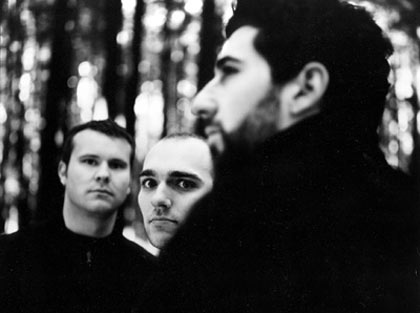
Sunny Day Real Estate – If one band can take claim for cracking emo into the mainstream, then it's these boys. Signed to Subpop in their native Seattle (who had extra money to market the band due to the success of Nirvana and Soundgarden), SDRE released the defining album Diary in 1994 to relative commercial success. Frontman Jeremy Enigk's powerful falsetto vocals married with their rock sound are qualities directly echoed by many contemporary emo bands.

With Sunny Day Real Estate breaking into the mainstream and the advent of the internet, the word emo was used more liberally in the mid nineties. It wasn't just hardcore emo bands (like newbies Cursive and Braid) given the moniker any more; instead indie and even indie-pop bands with leanings towards emotional music were tagged as emo. A shining example of this is Milwaukee's The Promise Ring (pictured).

The Get Up Kids – In a 2005 interview, Pete Wentz said Fall Out Boy wouldn't have even formed without The Get Up Kids, something that's indicative of their enduring appeal. Throughout their ten year career, the Kansas five piece released four studio albums and garnered significant acclaim and success. Typically they said that it was insulting to be labelled 'emo', instead preferring to be known as an indie-rock band.
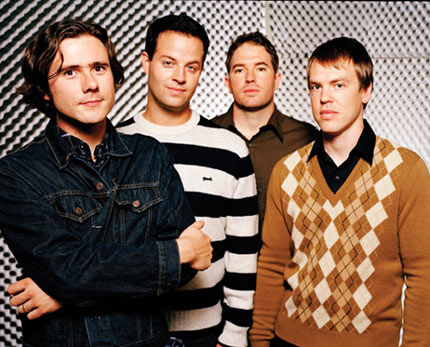
Jimmy Eat World – Formed in Arizona in 1993, Jimmy Eat World are one of the most recognisable names in emo music thanks to their defining albums, especially their early releases on Capitol Records like 'Clarity'. Since the turn of the millennium, however, with albums such as 'Chase The Light' and 'Bleed American' they have markedly moved away from their roots in favour of a less sensitive indie-rock edged sound. Their potent legacy and influence on other emo acts still remains.
Weezer – Not strictly emo, Weezer still play an important role in the modern development of the genre. In 1996 they abandoned the poppier direction of 'Buddy Holly' etc. with the release of the seminal 'Pinkerton.' The concept album was much heavier and darker in both its themes and sounds, characteristics many believe emo bands in the 2000's jumped upon. In a 2001 Blender interview, Rivers Cuomo said: "I don’t really know what emo means. But apparently I had something to do with it."
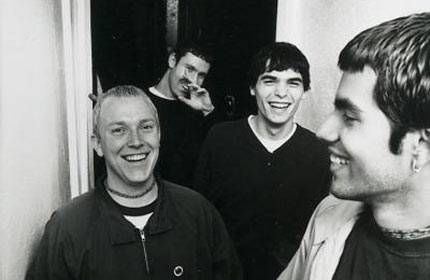
The late nineties saw a flurry of so dubbed indie-emo bands emerge to prominence. Amongst these were Raina Maria and Texas is the Reason (pictured) from NYC, Knapsack from California and Christie Front Drive from Colorado. The labels Saddle Creek, Deep Elm and Jade Tree Records were also instrumental in signing a number of indie-emo bands.
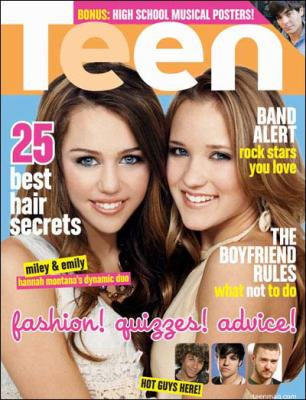
By 1998, the word 'emo' was in widespread mainstream use and it was employed to refer to many bands. That year Teen magazine, a US publication aimed at 10-15 year olds and with a readership into the millions, wrote an article on what they dubbed a 'hip' trend - emo. At this time, there was somewhat of a backlash from bands, with The Promise Ring and The Get Up Kids veering away from emo and into light rock.

Dashboard Confessional – Formed by Chris Carrabba, formerly of emo outfit Further Seems Forever, while many bands were moving away from the 'indie-emo' sound, at the turn of the millennium Dashboard embraced it fully and achieved notable success and a hardcore fanbase along the way.

Emo fashion - The emo tag has been branded about somewhat haphazardly in the 2000's, basically referring to any indie-rock band with melodies and emotion. Increasingly though, it was the fans who defined emo with their somewhat stereotyped appearance of swept fringes, tight jeans and T-shirts, studded belts, scruffy shoes, penchant for make-up etc. It was a significant fashion movement, evident on school yards across the planet to this day.

Taking Back Sunday - The band have undergone a number of line-up changes since they formed in '99. They're considered emo because their highly affecting, often autobiographical lyrical content is mixed with an alternative rock edge. Although, they've never really considered themselves emo, in a 2006 Yahoo frontman Adam Lazarra said he's "cool" with the label, saying: "I guess hardcore wasn't a cool enough name, so people just started calling it emo. Whatever. More power to them."

My Chemical Romance – Although they're a self-dubbed 'rock' band, for many in mainstream culture they are the embodiment of modern emo thanks to their attire, horror make-up, charged music and fervent fanbase. The band and their fans overtly loathe being labelled emo, with frontman Gerard Way saying it is a “a pile of shit.” It is proving an immensely difficult tag for them to shake off.

Fall Out Boy – There's somewhat of an ambiguity about what type of band Fall Out Boy are. Some label them a straight up pop-punk band, while others claim they're emo; especially considering the fact that Pete Wentz cites The Get Up Kids as a major influence. While Wentz himself looks like an archetypal emo kid, the band have always strove to experiment with their music, even working with hip-hop producers like Timbaland and Kanye West.
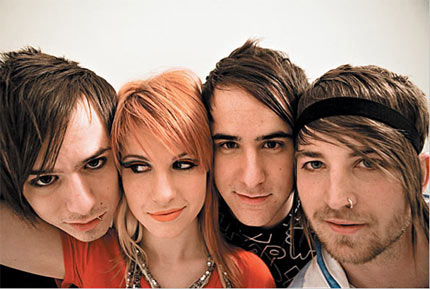
Paramore – The Tennesse band have the female face of emo thanks to the magnetic Hayley Williams. Although they repeatedly state that Paramore is a band and not just Hayley (lead guitarist Josh Farro is the main songwriter for one), it's the frontwoman who receives the lion share of attention in the media. Josh, Jeremy and Zac concertedly take part in more press interviews than Hayley in a bit to get them perceived as a band.

Panic at the Disco – One of the most hyper-eclectic emo bands out there, Panic put rock, punk, pop, electronica, dance, psychedelia, jazz and most recently Beatles-esque acoustic tunes into their vast melting pot. Just like Fall Out Boy's Patrick Stump, it's frontman Brendon Urie's voice that is intrinsically modern emo. Other big US bands of the noughties include Cute is What We Aim For and The Academy Is...

Funeral For A Friend – While it's the States that's the breeding place for the vast majority of bands associated with emo, since 2001 Britain has had a luminary in the shape of FFAF. Admittedly more Screamo than anything, their frenetic pace, abrasive style and eye for a melody undoubtedly pays homage to a number of American bands already mentioned on this feature.
Tokio Hotel – Thanks to their spiky haired, almost androgynous frontman Bill Kaulitz and their theatrical live shows, Germany's Tokio Hotel inject a bit of glam-rock into emo. Loyal to their German heritage, they released two albums in the native tongue (debut 'Schrei' has sold more than 5million copies) before the English sung 'Scream' was released in 2007.
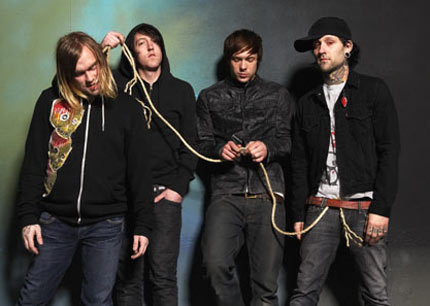
Screamo (the second wave) – More recently, acts including The Blood Brothers and Grade have harked back to the screamo of the early nineties. However, Thursday and The Used have been categorised in a second wave of screamo, which incorporates elements of commercial rock, emo and post-hardcore into the blender. Just like emo, the modern meaning of screamo has come under fire from critics.

hile emo has continually become a more and more mainstream definition over recent years, there are some purist bands beneath the radar that are incorporating elements of the Washington and San Diego 'emotional hardcore' of the 1980's. Our favourite of these is undoubtedly Circles Take The Square (pictured).

The Backlash – Like any youth trend - from goths to new romantics - the emo scene has been hit by a backlash, from those who poke fun to the reported 'anti-emo' bashings in Mexico. Just this year a coroner looking into the suicide of British teenager Hannah Bond (together with her mother) claimed emo glamorised suicide and in part blamed Hannah's fixation on My Chemical Romance as being central to her death. Emo fans organised a protest march in London against the hysteria the Daily Mail stirred.
